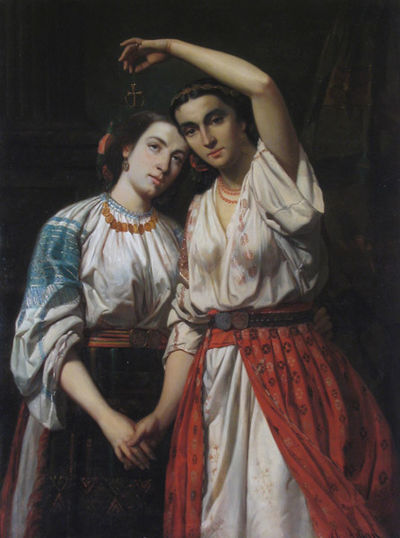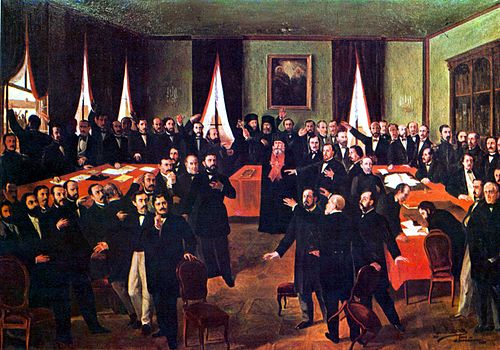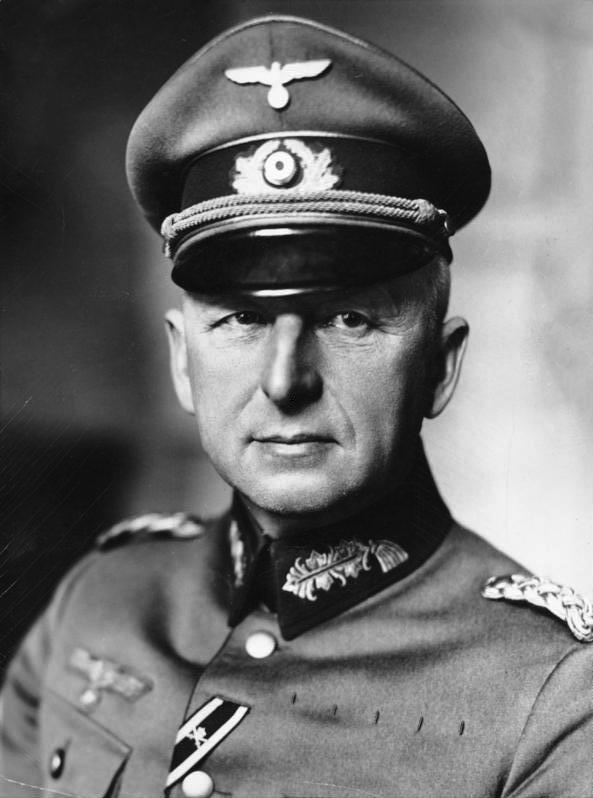Post by Ivan Kolev on Aug 11, 2016 21:35:33 GMT
Today, we talk about a lesser known unification movement in Europe during the 1800's: The Romanian Unification.


Top: A Painting depicting the Moldo-Wallachian Union with the sisters being Moldavia and Wallachia.
Bottom: Ioan Alexandru Cuza's proclamation of the Moldo-Wallachian Union
The territories of modern day Romania were split amongst Austria and the Ottoman Empire following the Napoleonic Wars. The Ottomans made vassal states out of their Romanian territories, called Wallachia and Moldavia. These territories were also called the 'Danubian Principalities' and would become the heart of Romania. While the Principalities were nominally under the control of the Ottoman Empire, the Russians had established a protectorate over the two principalities during the Greek War of Independence.
Many rebellions occurred throughout Romanian inhabited lands, including 1830 revolts in Transylvania and in Wallachia in coordination with the Greek War of Independence as well as a brief 1848 revolution in Wallachia. The event which would result in the unification of the principalities, however, was actually the Crimean War. Following Russia's defeat in the Crimean War, the French convened the Treaty of Paris in 1856 which aimed to curb the power of the Russian Empire, calling the U.K, Sardinia-Piedmont, Prussia, Austria, the Ottoman Empire and Russia to the negotiating table. While there were multiple provisions in the treaty, the important one was the provision involving Romania.
The Romanian Unionist campaign, the campaign to unite Moldavia and Wallachia, was very influential with the Great Powers, swaying Prussia, France, Russia and Sardinia-Piedmont to support them in a possible union in the treaty. The Austrians were vehemently against the prospect of Union, however, as they owned Transylvania which was a major target for Romanian irredentism, and the British and the Ottomans were skeptical of the union. The Treaty ultimately resulted in more autonomy for the principalities, the ceding of Southern Bessarabia to Moldavia and elections for the new princes of the principalities. While the treaty specifically stated that the two principalities would remain, nothing said that both principalities couldn't elect the same prince. Both principalities did elect the same person, Alexandru Ioan Cuza, and he officially declared a union of the two principalities.
Cuza instituted many reforms, including a penal code, a civil code based off the French Civil Code, the secularization of Church lands, and a land reform. The land reform was unpopular amongst both landowners, who attempted a coup against him in 1864, and the peasantry. He ultimately was forced to abdicate in 1866, leading to a brief regency council until Carol of Hohenzollern-Sigmaringnen was made Prince of Romania (Romania was still a vassal of the Ottomans). Carol was more authoritarian than his predecessor, but there were elections, a parliament and political parties were allowed.

Romanian Troops marching along the Danube during the Russo-Turkish War of 1877-1878. The war is also known as the Romanian War of Independence in Romania.
Romania continued to be a de jure Ottoman puppet state until 1877, when the Russo-Turkish War began. In April of that year, Carol I signed an agreement with Russia allowing Russian troops military access through Romania into the Ottoman balkans. On May 9th, 1877, the Romanian parliament declared Romania completely independent from the Ottoman Empire and joined the Russian side in the war. Following multiple Romanian victories as with numerous Russian ones, the Treaty of Berlin was signed made to settle the war. The Treaty resulted in complete European recognition of Romanian Independence, and the Treaty also stated that Romania will cede Southern Bessarabia back to Russia and in return gain Northern Dobruja. The Romanian Unification was now complete by 1878, all though some consider the Unification to be done in 1919, following the cession of Transylvania from Hungary to Romania following the Romanian-Hungarian War.


Top: A Painting depicting the Moldo-Wallachian Union with the sisters being Moldavia and Wallachia.
Bottom: Ioan Alexandru Cuza's proclamation of the Moldo-Wallachian Union
The territories of modern day Romania were split amongst Austria and the Ottoman Empire following the Napoleonic Wars. The Ottomans made vassal states out of their Romanian territories, called Wallachia and Moldavia. These territories were also called the 'Danubian Principalities' and would become the heart of Romania. While the Principalities were nominally under the control of the Ottoman Empire, the Russians had established a protectorate over the two principalities during the Greek War of Independence.
Many rebellions occurred throughout Romanian inhabited lands, including 1830 revolts in Transylvania and in Wallachia in coordination with the Greek War of Independence as well as a brief 1848 revolution in Wallachia. The event which would result in the unification of the principalities, however, was actually the Crimean War. Following Russia's defeat in the Crimean War, the French convened the Treaty of Paris in 1856 which aimed to curb the power of the Russian Empire, calling the U.K, Sardinia-Piedmont, Prussia, Austria, the Ottoman Empire and Russia to the negotiating table. While there were multiple provisions in the treaty, the important one was the provision involving Romania.
The Romanian Unionist campaign, the campaign to unite Moldavia and Wallachia, was very influential with the Great Powers, swaying Prussia, France, Russia and Sardinia-Piedmont to support them in a possible union in the treaty. The Austrians were vehemently against the prospect of Union, however, as they owned Transylvania which was a major target for Romanian irredentism, and the British and the Ottomans were skeptical of the union. The Treaty ultimately resulted in more autonomy for the principalities, the ceding of Southern Bessarabia to Moldavia and elections for the new princes of the principalities. While the treaty specifically stated that the two principalities would remain, nothing said that both principalities couldn't elect the same prince. Both principalities did elect the same person, Alexandru Ioan Cuza, and he officially declared a union of the two principalities.
Cuza instituted many reforms, including a penal code, a civil code based off the French Civil Code, the secularization of Church lands, and a land reform. The land reform was unpopular amongst both landowners, who attempted a coup against him in 1864, and the peasantry. He ultimately was forced to abdicate in 1866, leading to a brief regency council until Carol of Hohenzollern-Sigmaringnen was made Prince of Romania (Romania was still a vassal of the Ottomans). Carol was more authoritarian than his predecessor, but there were elections, a parliament and political parties were allowed.

Romanian Troops marching along the Danube during the Russo-Turkish War of 1877-1878. The war is also known as the Romanian War of Independence in Romania.
Romania continued to be a de jure Ottoman puppet state until 1877, when the Russo-Turkish War began. In April of that year, Carol I signed an agreement with Russia allowing Russian troops military access through Romania into the Ottoman balkans. On May 9th, 1877, the Romanian parliament declared Romania completely independent from the Ottoman Empire and joined the Russian side in the war. Following multiple Romanian victories as with numerous Russian ones, the Treaty of Berlin was signed made to settle the war. The Treaty resulted in complete European recognition of Romanian Independence, and the Treaty also stated that Romania will cede Southern Bessarabia back to Russia and in return gain Northern Dobruja. The Romanian Unification was now complete by 1878, all though some consider the Unification to be done in 1919, following the cession of Transylvania from Hungary to Romania following the Romanian-Hungarian War.





